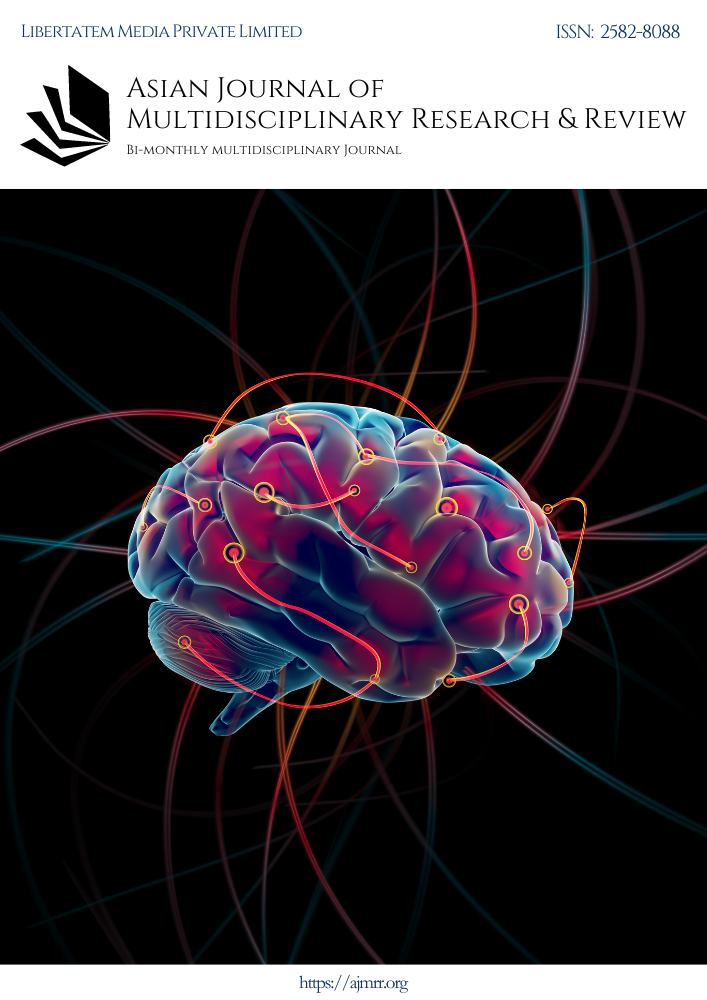RECENT TRENDS IN USING INNOVATORY TECHNOLOGY IMPARTING THE LEGAL EDUCATION IN INDIA
Keywords:
Legal Education, Bar Council of IndiaAbstract
Benjamin Franklin once quoted that “Change is the only constant in life. One’s ability to adapt to those changes will determine your success in life.” Technology and Legal Education are inextricable entities as they cannot be separated if the motive behind the formulation of laws is to administer justice. This article gives insights into the legal education system in India by locating it within a wider context of form and ways of legal education in the country. Legal education is needed to fulfill the needs of the community, society, and nation as well because advocates are the persons who interpret the law and deal directly with the entire society. The article makes an attempt at the importance of legal education in India and highlights the aims of legal education in India. Law is a multidisciplinary course hence understanding it in various social, economic, political, and scientific ways to fulfill diverse legal needs at home and abroad is its other aim. The article then considers the role of the Bar Council of India in the field of legal education regarding the standard, curriculum, both optional and core courses as with the changing needs of society the task of the lawyers is highly technical and there is an imperative need to have competent lawyers who would be trained in the right culture of legal education. The aim of legal education’ said the Gajendragadkar Committee, ‘would be to make the students of law good lawyers who have absorbed and mastered the theory of law, its philosophy, its functions, and its role in a democratic society.’ The article also throws light on what innovative technology is used in imparting legal education in the present context of digital India. Innovation is all about how you can use technology to help people impart legal education and become lifelong learners and change-makers. The article concludes with some observations of the authors and ends with a few recommendations at the end that no one beats human intelligence including artificial intelligence.
Downloads
Downloads
Published
Issue
Section
License

This work is licensed under a Creative Commons Attribution-NonCommercial-ShareAlike 4.0 International License.
License Terms
Ownership and Licensing:
Authors of research papers submitted to the Asian Journal of Multidisciplinary Research & Review (AJMRR) retain the copyright of their work while granting the journal certain rights. Authors maintain ownership of the copyright and grant the journal a right of first publication. Simultaneously, authors agree to license their research papers under the Creative Commons Attribution-ShareAlike 4.0 International (CC BY-SA 4.0) License.
License Permissions:
Under the CC BY-SA 4.0 License, others are permitted to share and adapt the work, even for commercial purposes, as long as proper attribution is given to the authors and acknowledgment is made of the initial publication in the Asian Journal of Multidisciplinary Research & Review. This license allows for the broad dissemination and utilization of research papers.
Additional Distribution Arrangements:
Authors are free to enter into separate contractual arrangements for the non-exclusive distribution of the journal's published version of the work (e.g., posting it to institutional repositories or publishing it in books), provided they acknowledge the initial publication of the work in the Asian Journal of Multidisciplinary Research & Review.
Online Posting:
Authors are encouraged to share their work online (e.g., in institutional repositories or on personal websites) both prior to and during the submission process to the journal. This practice can lead to productive exchanges and greater citation of published work.
Responsibility and Liability:
Authors are responsible for ensuring that their research papers do not infringe upon the copyright, privacy, or other rights of any third party. The Asian Journal of Multidisciplinary Research & Review disclaims any liability or responsibility for any copyright infringement or violation of third-party rights in the research papers.



